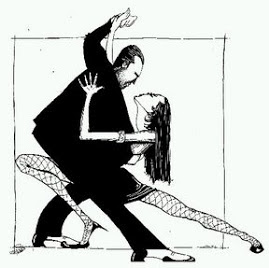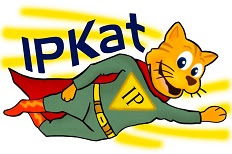 From José Barreda (Barreda Moller, Lima, Peru) the IP Tango weblog has learned of Decision 689 -- the New Andean Rules on Industrial Property. According to Mr Barreda,
From José Barreda (Barreda Moller, Lima, Peru) the IP Tango weblog has learned of Decision 689 -- the New Andean Rules on Industrial Property. According to Mr Barreda,
"The Commission of the Andean Community has just approved Decision 689, allowing members countries to adequate certain provisions of Decision 486 –Common Regulations on Industrial Property- granting rights to each country member of the Andean Community –Bolivia, Colombia, Ecuador, and Peru- to strengthen protection of Industrial Property rights through internal legislation. Decision 689 incorporates the following provisions:
1. By introducing an exception to Article 9, it allows countries to establish conditions to reinstate priority rights on a patent or utility model, industrial design or trademark, for a term not more than two months beyond the established initial period.
2. It allows amendment of Article 28 to introduce additional regulations related to divulgation of the invention, in sense of requiring applicant greater clarity in the description and sufficiency in such divulgation, so that there is no need for a person having knowledge of the state of the art to conduct undue experimentation.
3. It clarifies Article 34 by establishing that reporting on omissions on the Spanish text of description and claims, will not be considered an extension of the invention if the new matter was contained in the priority application, if claimed.4. Except in the case of patents for pharmaceutical products and processes, it grants rights to member countries to compensate for undue delays in the grant of the patents, undue delays being those delays exceeding five years from filing date or three years from the date a petition for examination was filed and where such delays can only be attributable to the Patent Office.
5. It clarifies Article 53, allowing countries to pass new legislation limiting patentees' rights, creating a provision equal to the Bolar Exception.
6. It revises Article 138 by letting countries approve a multiclass trademark registration system.
7. It enables countries to implement Article 140 of Decision 486 by fixing specific terms to satisfy the formalities detailed in it without loss of filing rights.
8. It allows an exception to Article 162 of Decision 486: now countries may decide that recordal of a license agreement be optional.
9. It clarifies Article 202 of Decision 486: now an indication of origin will not be protected if it may be confused with (i) a registered mark or with a mark subject to registration, provided the mark has been registered in good faith, or with (ii) a famous mark.
10. It allows the countries to implement legislation on border measures in connection with trademark rights.
The new legislation establishes that by 20 August 2008 the countries members which wish to exercise this option must inform the Secretary General of the Andean Community that they will proceed. Peru, having already passed new legislation in line with the new Decision, will exercise this right as of 1 January 2009."












